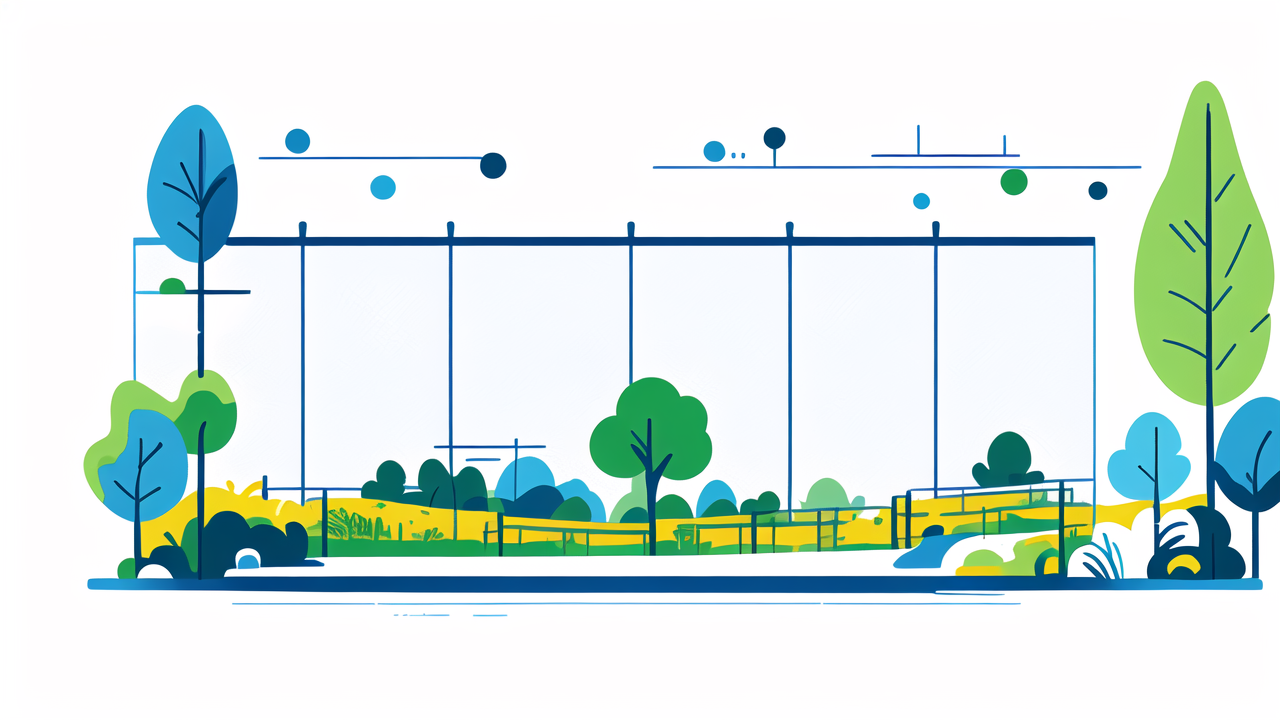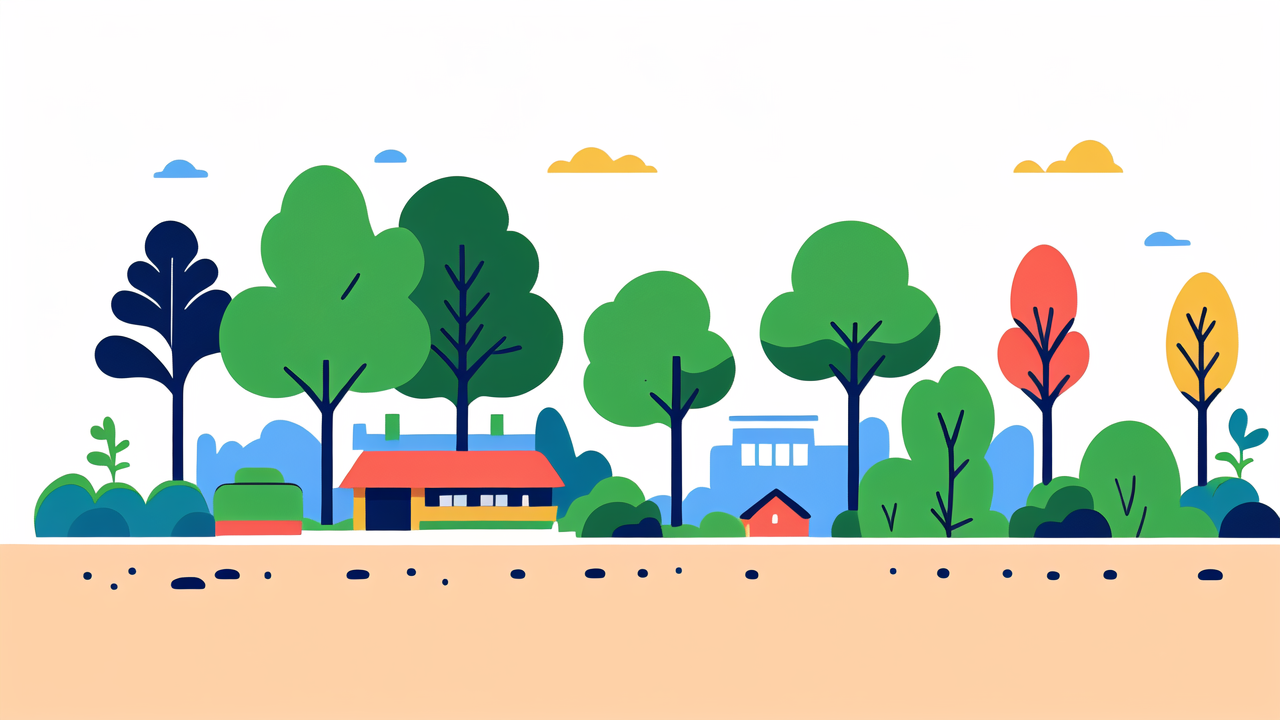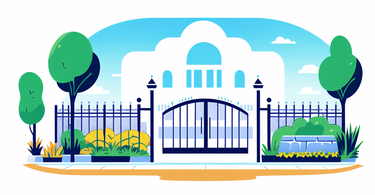Innovations in Eco-Friendly Fencing Materials
The Rise of Recycled and Sustainable Materials
Recycled materials are changing the fencing world. Many companies now use old plastic to make new fences. These fences are strong and last a long time. They don't rot or need painting. Some fences come from recycled milk jugs and soda bottles. This keeps plastic out of landfills and oceans.

Wood plastic composite is another green option. It mixes recycled wood and plastic. This material looks like wood but lasts longer. It doesn't get eaten by bugs or rot in the rain. Bamboo is also becoming popular for fences. It grows fast and is naturally strong. Using bamboo saves other types of wood that take longer to grow.
Biodegradable and Compostable Options for Fencing
Some new fences can break down naturally over time. These are great for gardens or short-term use. Corn-based plastics are one example. They look like regular plastic but return to the soil without harm. Willow fencing is another natural choice. It's made by weaving willow branches together. When it's old, you can compost it or use it as mulch.
Hemp is a new material for fencing. It's strong and fully biodegradable. Some companies are making fences from other plant materials too. These options are good for people who want their fence to go back to nature eventually. They work well in areas where permanent fencing isn't allowed or wanted.
Advanced Materials and Technology in Fence Manufacturing
New technology is making fences smarter and more eco-friendly. Some fences now have solar panels built in. These can power lights or security systems without extra electricity. There are also fences that clean themselves or help clean the air. They use special coatings that break down pollution.
Living fences are becoming more advanced too. Scientists are working on plants that grow into perfect fence shapes. These provide natural barriers and help the environment. Some new fences have sensors built in. They can detect intruders or monitor the weather. These high-tech options show how fences can do more than just mark boundaries.
The Impact of Fencing on the Environment: Reducing Carbon Footprint
Understanding the Lifecycle of Traditional Fencing
Regular fences can harm the environment in several ways. Wood fences often come from cutting down trees. This can lead to fewer forests if not done carefully. Wood fences also need chemicals to keep them from rotting. These chemicals can hurt plants and animals nearby. Metal fences, like those made of iron, use a lot of energy to make. This creates pollution.

Moving heavy fence materials also uses fuel and creates pollution. Many old fences end up in landfills when they break. Some materials, like vinyl, don't break down easily in nature. This means they stay in the ground for a long time. Choosing a fence isn't just about how it looks. It's important to think about how it affects the planet too.
Eco-Friendly Alternatives and Their Environmental Benefits
Green fencing options are better for the earth. Recycled plastic fences keep old plastic out of oceans and landfills. They last longer than wood, so fewer trees are cut down. Living fences, made from plants, clean the air naturally. They also give homes to birds and insects. Bamboo fences are very earth-friendly. Bamboo grows back quickly after being cut.
Composite fences use waste wood and plastic that would otherwise be thrown away. They don't need harsh chemicals to stay in good shape. Some new fences are made to let small animals pass through. This helps wildlife move around safely. By choosing these options, homeowners can make their yards look nice while helping the planet.
Cost Analysis: Investing in Sustainable Fencing Solutions
Eco-friendly fences might cost more at first, but they can save money over time. They often last longer than regular fences. This means you don't have to replace them as often. Many green fences need less care too. You don't have to paint them or fix them as much. This saves time and money on upkeep.
For example, a recycled plastic fence might cost more than a wood one. But it won't rot or need painting. Over many years, it can be cheaper. Living fences, like hedges, might be cheap to plant. But they need trimming, which takes time or money. Solar-powered electric fences can save on energy bills. When choosing a fence, think about long-term costs, not just the price to put it up.
Best Practices in Eco-Friendly Fencing Installation
Planning for Sustainability in Fence Design and Placement
Good planning is key for eco-friendly fencing. Start by looking at your yard carefully. Think about where animals might need to move through. Try not to block their paths if possible. Choose a fence style that fits with nature around you. This helps it blend in and look nice. Use only as much fencing as you really need. This saves materials and is better for the environment.

Think about mixing different types of fencing. You might use solid fencing for privacy in some areas. In other spots, you could use more open designs. This lets wildlife move more freely. Make sure water can drain well around your fence. This stops soil from washing away. Try to add native plants near your fence. They can make it look better and help local animals and insects.
Innovative Installation Techniques for Eco-Friendly Fences
New ways of putting up fences are better for the earth. Some fences don't need deep holes in the ground. This is good because it doesn't hurt plant roots or soil as much. There are fences that click together like puzzles. These are easy to put up and take down without damaging the land. Some eco-friendly fences can be installed without using concrete. This is better because concrete can have chemicals that hurt the soil.
Using local materials and workers for your fence is a good idea. It means less transportation, which is better for the air. Some fences come in pieces that are easy to replace if one part gets damaged. This means you don't have to replace the whole fence if a small part breaks. These new methods make putting up a fence easier on the environment.
Future Trends in Eco-Friendly Fencing in the United States
The future looks bright for green fencing in the US. More people want fences that work with their smart homes. These fences might open automatically or alert you if something is wrong. Scientists are looking at new materials like mushroom roots to make fences. These could be strong and fully natural. 3D printing might be used to make fences soon. This could mean less waste and custom designs.
Some new fences might do more than one job. They could collect rainwater or make electricity from the sun. As people worry more about climate change, laws might start to favor eco-friendly fences. This could lead to more new ideas in fence design. The goal is to have fences that look good, work well, and help the planet all at the same time.
